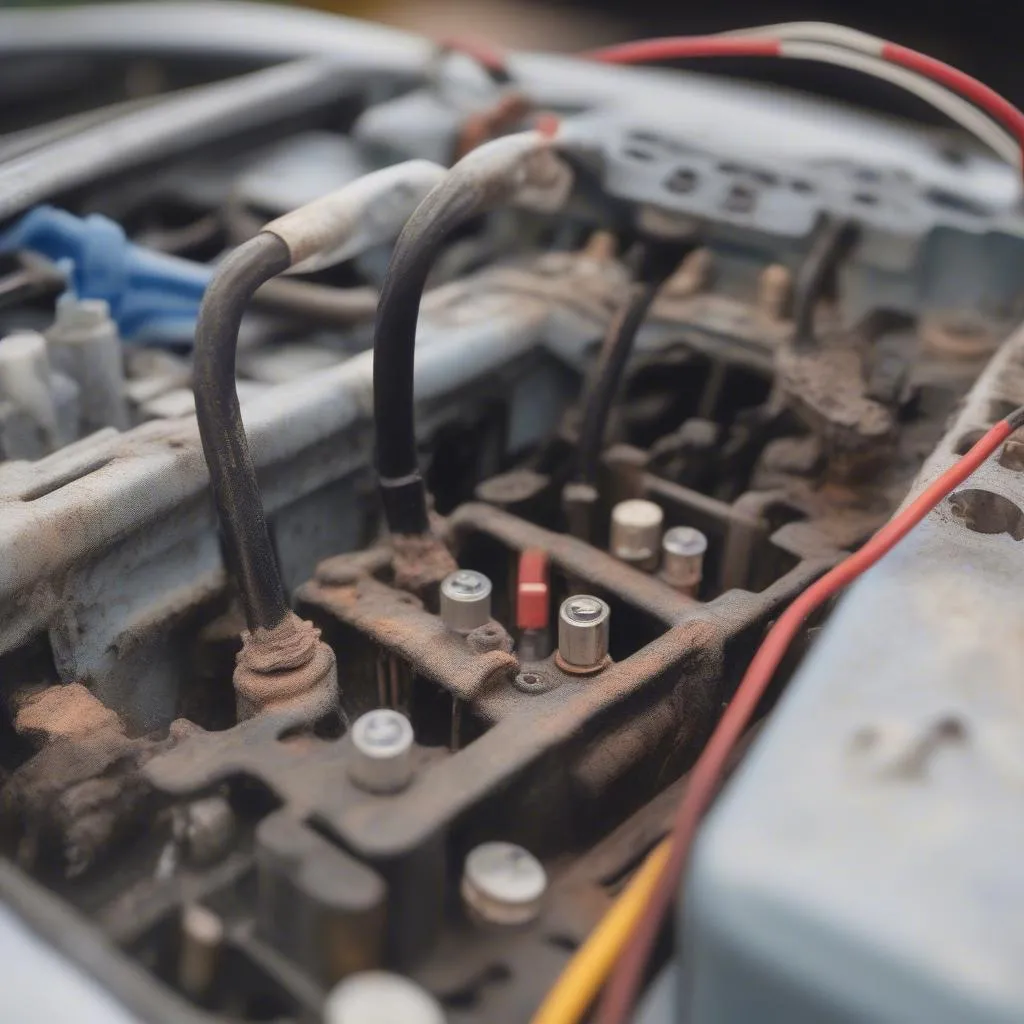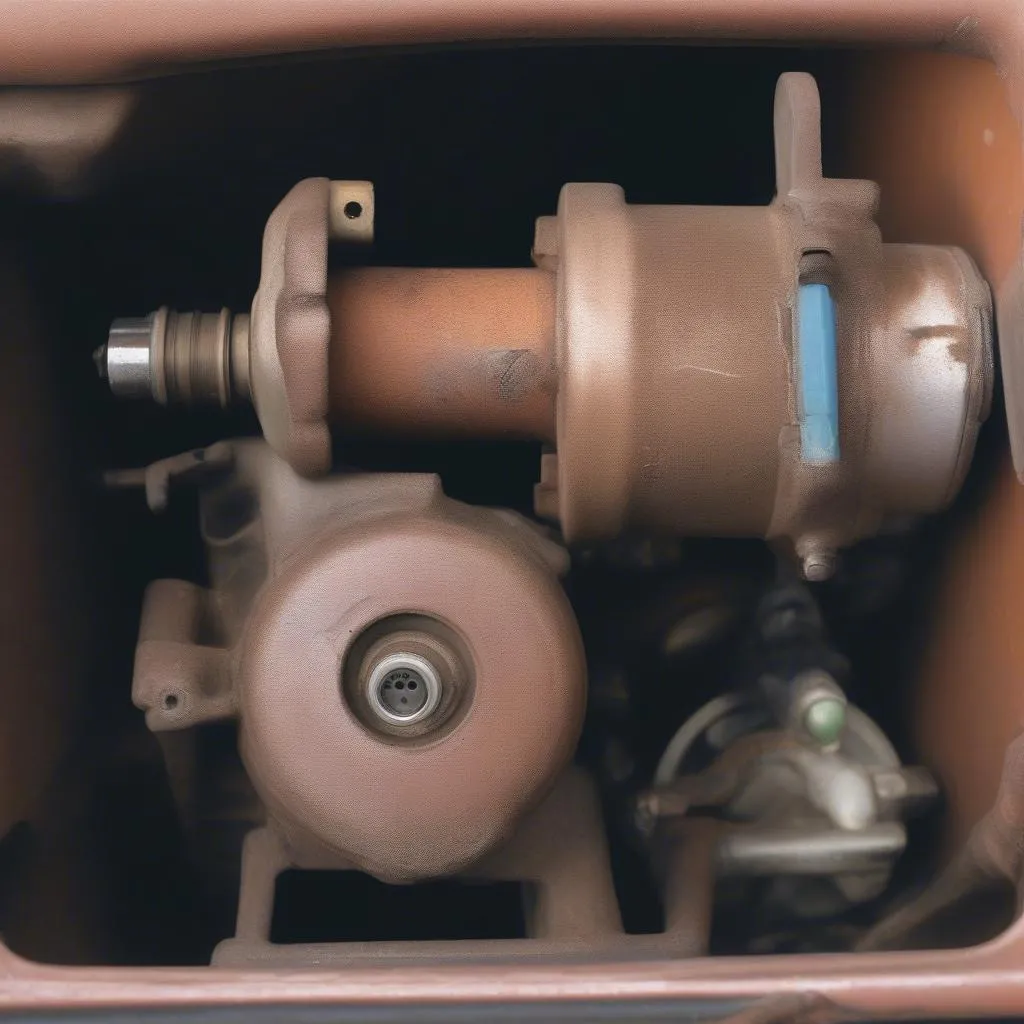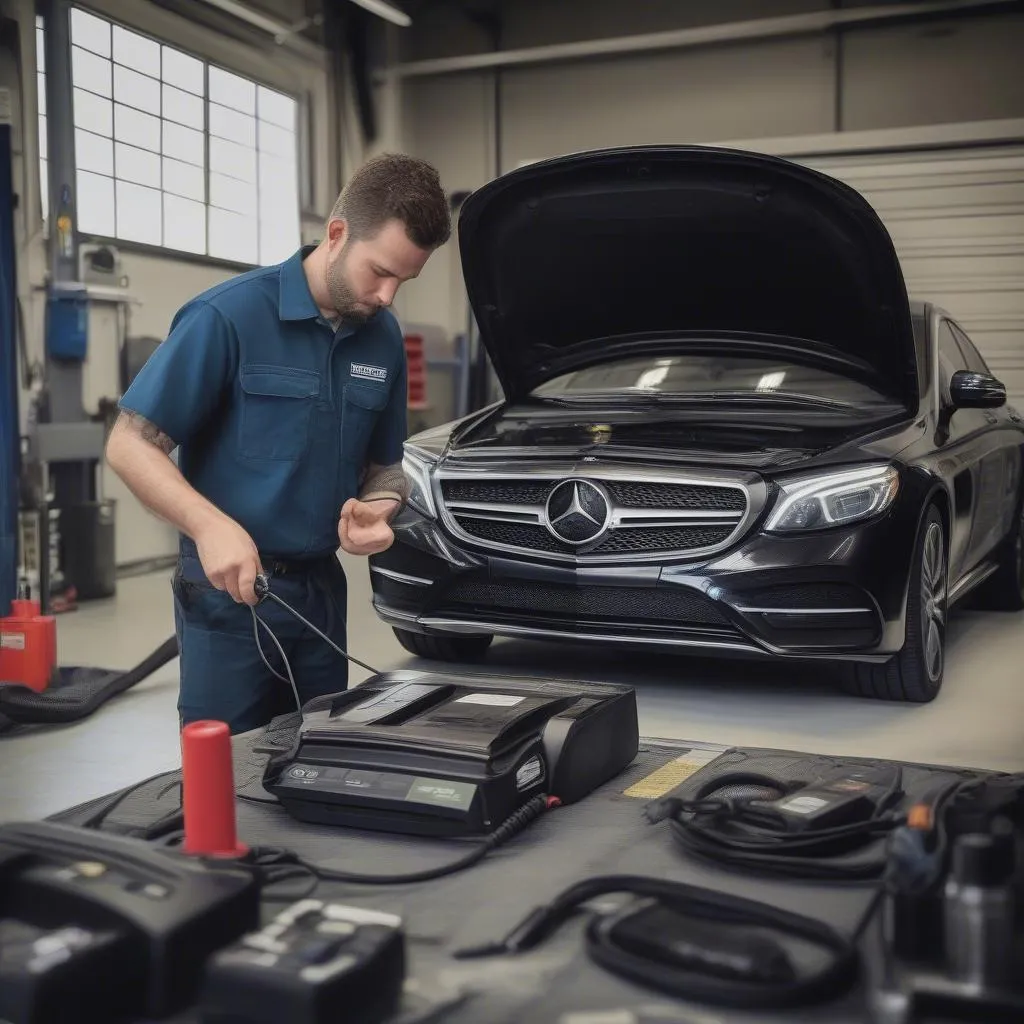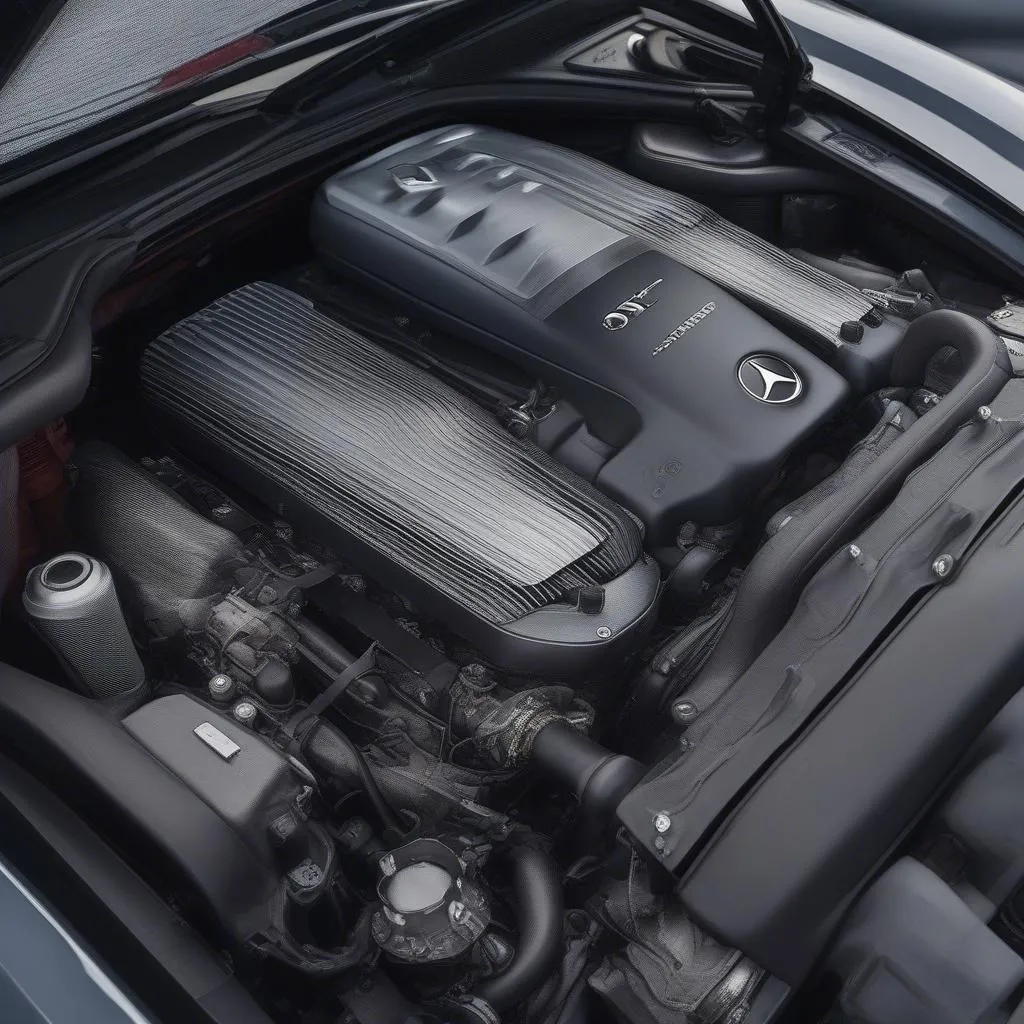So, you replaced your Mercedes battery, turned the key, and…nothing? It’s frustrating, right? Don’t worry, this is a common issue. While a dead battery is the obvious suspect, a Mercedes not starting after a battery replacement could point to other culprits. Let’s troubleshoot why your Mercedes won’t start and get you back on the road.
Why Your Mercedes Won’t Start After a New Battery
There are several reasons why your Mercedes might refuse to start, even with a brand new battery:
- Battery Connection Issues: A loose or corroded battery terminal can interrupt the electrical flow, even with a new battery.
- Faulty Starter: Your starter motor might be the problem, not the battery.
- Alternator Problems: A failing alternator won’t charge your new battery, leaving you stranded.
- Parasitic Drain: Something in your car might be drawing power even when the engine is off, draining your new battery.
- Immobilizer System: Some Mercedes models have an immobilizer system that can prevent the car from starting if it doesn’t recognize the key.
 corroded car battery terminals
corroded car battery terminals
Identifying the Culprit
- Check for Power: Do your headlights, interior lights, or radio work? If not, your new battery might not be the issue.
- Listen Carefully: When you try to start, do you hear a clicking sound? This could indicate a starter motor problem.
- Inspect the Battery Terminals: Look for any corrosion or loose connections on the positive and negative terminals.
 faulty car starter motor
faulty car starter motor
Tools and Equipment You’ll Need
- Protective Gear: Safety glasses and gloves are always a good idea when working on your car.
- Terminal Cleaner: To clean any corrosion from the battery terminals.
- Wrench Set: To tighten or loosen battery terminals and other connections if needed.
- Jumper Cables: If the issue is a dead battery, jumper cables can provide a temporary solution.
- Multimeter (Optional): This tool can be used to test battery voltage and check for parasitic drain.
- OBD-II Scanner (Optional): This can read your car’s computer for error codes, potentially revealing the root cause.
 Mechanic using OBD2 scanner on Mercedes-Benz
Mechanic using OBD2 scanner on Mercedes-Benz
Fixing the Problem
Here’s a step-by-step guide to get your Mercedes running:
- Check Battery Connections: Disconnect the battery terminals (negative first), clean any corrosion, and reconnect them securely.
- Jumpstart Your Car: If the connections are good, try jumpstarting your car. If it starts, this points to a charging issue, likely the alternator.
- Inspect the Starter: If you hear a clicking sound when trying to start, the starter might be faulty and need replacing.
- Test the Alternator: With the engine running, disconnect the negative battery terminal. If the car dies, the alternator isn’t charging properly.
- Address Parasitic Drain: If none of the above solutions work, consider a parasitic drain test. This requires a multimeter and some electrical know-how.
Frequently Asked Questions
Q: Can I replace a Mercedes battery myself?
A: Yes, but it’s important to use the correct battery type and follow the proper installation procedures.
Q: How long does a Mercedes battery last?
A: On average, a Mercedes battery lasts 3-5 years, but driving habits and climate can impact lifespan.
Q: Can I use any OBD-II scanner on my Mercedes?
A: While generic scanners can read basic codes, a Mercedes-specific scanner, like some offered by CARDIAGTECH, can provide more detailed information.

